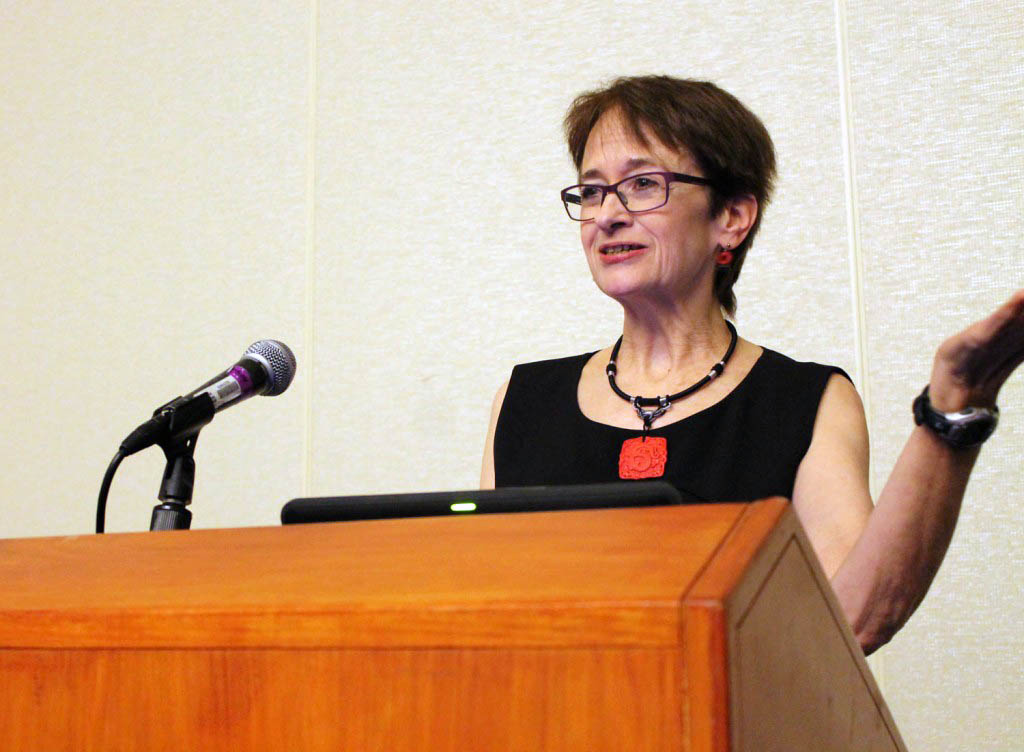From Dr. Joyce White (ISEAA Executive Director)
Some of you reading this may have already heard the news—at the end of June 2013 Penn Museum downsized its research staff—including me. But for every door in life that shuts, a new door to a potentially better future can open. Therefore I am excited to inform the Friends of Ban Chiang that I, along with many supporters, am creating a new non-profit entity: the Institute for Southeast Asian Archaeology or ISEAA, which will be fully operational by the end of 2013.
ISEAA joins a number of non-profits that advance archaeology in specific regions. For example, in the Mediterranean region, several such non-profits have emerged, including the Institute for Aegean Prehistory (INSTAP), the American Research Institute in Turkey (ARIT), and the Ancient Egypt Research Associates (AERA). Southeast Asia needs a similar dedicated entity to help attract and focus human, scientific, and fiscal resources for the advancement of the region’s archaeology.
This Institute will build upon the core of pioneering scholarship in Southeast Asian archaeology undertaken since the 1960s at Penn Museum. With encouragement and help from Elizabeth Lyons (a long time Southeast Asia expert), former Penn Museum Director Froelich Rainey initiated Penn’s interest in the region. After Stephen Young’s accidental discovery of Ban Chiang, in the mid-1970s Rainey recruited Chet Gorman to co-direct the excavations at the site along with Pisit Charoenwongsa of the Fine Arts Department of Thailand. The site was inscribed by UNESCO in 1992 as a World Heritage Site, “the most important prehistoric settlement so far discovered in South-East Asia.”
Many additional research programs were spun off from that start, including the Thailand Archaeometallurgy Project headed by Vince Pigott, and several PhD dissertations. Ongoing research has entailed excavations at ten more sites in Thailand and four in Laos, plus surveys, palaeoenvironmental research, and more.
The work has been supported by many individuals and foundations (e.g., Luce, NSF, NGS) over the years.
The research undertaken from Penn in Thailand and Laos over the past five decades addresses fundamental questions, including the ancient spread of metal technology, the earliest establishment of agriculture in the region, and the adaptation of societies to past changes in climate.
As the Friends of Ban Chiang know, there remains much to publish from this work, and publication will be our top priority through 2018. The ground-breaking archaeological research undertaken by Penn still has much to teach us about humanity’s past in Asia.
Another near term priority is the completion of our Middle Mekong regional database, which includes the original data on the Ban Chiang artifacts that John Hastings meticulously migrated from a mainframe to a desktop computer database in the early 1990s. Dr. Elizabeth Hamilton is currently incorporating these old data into our upgraded, modernized database. The ultimate goal is to post the database online as a digital resource and archive for Southeast Asian archaeology.
The Penn Museum, which has appointed me consulting scholar, will continue for the time being to house the Ban Chiang and related collections and our activities, providing that we become 100% self-supporting.
Many museums in the United States and other developed countries are shifting their priorities away from basic research and toward public outreach. It is up to the stakeholders of the earth’s archaeological heritage, both archaeologists and laypersons, to develop new institutions that can provide stable sustainable frameworks to ensure the furtherance of the investigation of the earth’s ancient cultures.
I hope you will join with me and many others to ensure the successful establishment of ISEAA in the coming year and respond to the forthcoming appeal with a generous, 100% tax-deductible, financial contribution.

